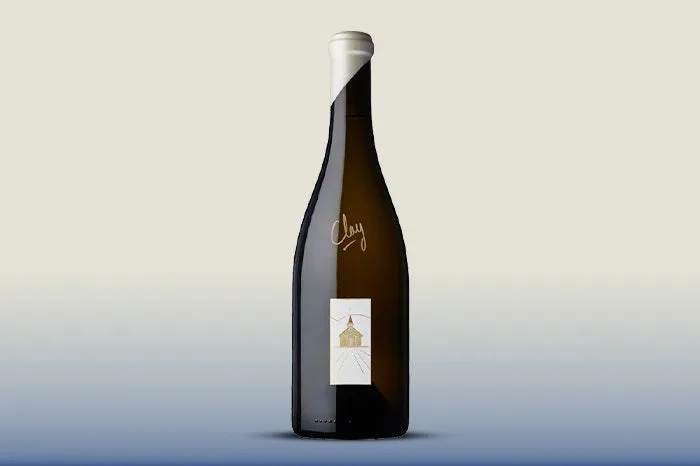Varietal diversity proves much harder to market. The most famous regions in the world illustrate this model: Napa Valley Cabernet or Marlborough Sauvignon Blanc; Chablis is Chardonnay, and red Burgundy is Pinot. But wine regions are usually slow to identify a signature grape – often wisely. It takes time to know a place – its gifts and its challenges. For an emerging region such as Virginia, in the US east, it’s likely too soon to identify a dominant grape.
The first vines at Linden Vineyards were planted in 1985 on the rocky slopes of northern Virginia’s Blue Ridge mountains. Early settlers struggling to grow food in the shallow soils called the area Hardscrabble, a name owner Jim Law adopted for the vineyard. But, considering Law’s more-than-40-years in Virginia wine, it also (perhaps inadvertently) pays tribute to the challenge of making fine wine in an emerging region. Linden wines – its Chardonnay in particular – have helped bring international recognition. But Law also mentored many of the next generation of Virginia winemakers. He worked with agricultural researchers to create pest management solutions.
Law’s top Chardonnay, named Hardscrabble, includes fruit from Linden’s 1985 vines. The site’s eastern-facing slopes sit at 370m-470m, making it cooler than parts of the state further south. That, and the well-drained soils plus Law’s preferred style, mean a focus on structure can consistently be found in the vineyard’s wines, and the quality in recent vintages means it can stand alongside other Chardonnays of the world.
Yet for an






